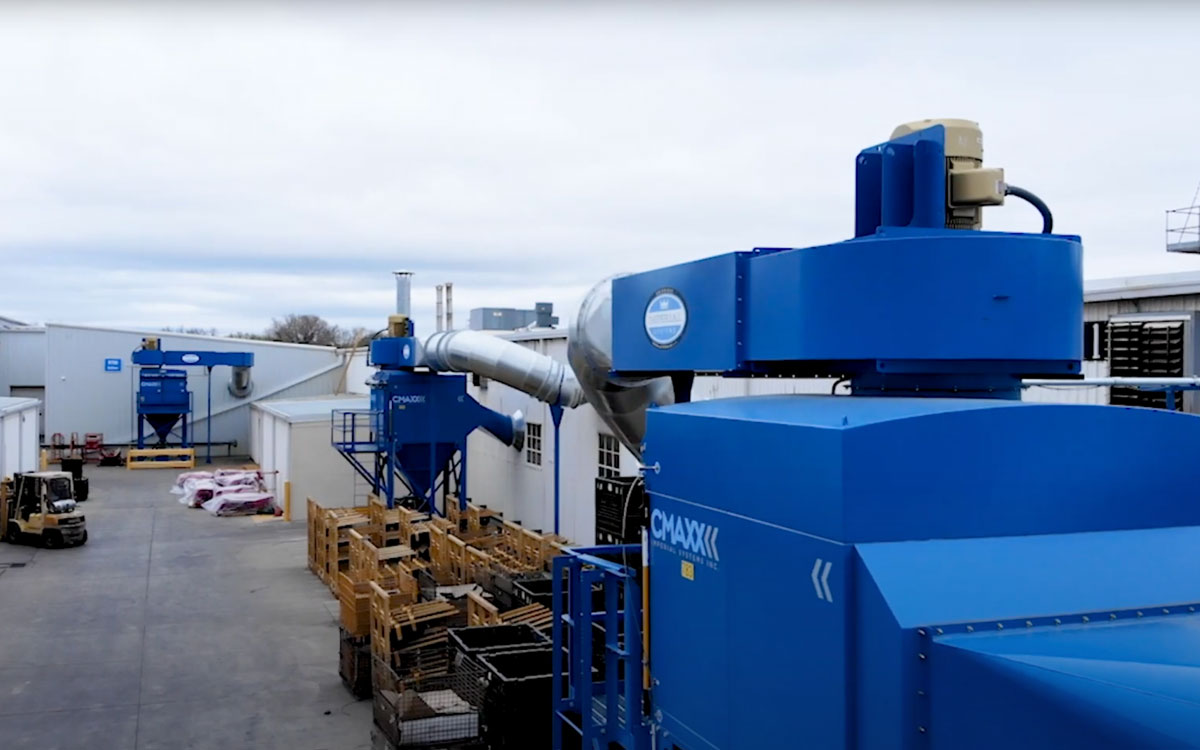By now, you probably already know that some components of welding fumes can cause cancer. Research has identified hexavalent chromium and nickel as two dangerous culprits. Both increase lung cancer risk. Usually, both present a hazard only for people welding stainless steel.
The industry has talked about the cancer risks of hexavalent chromium exposure for years. Most companies recognize the need for weld fume control in any type of welding. However, companies that work with stainless steel put special precautions in place for the cancer hazard of hexavalent chromium.
No one questions that hexavalent chromium can cause lung cancer. But what if your risk of cancer increased from exposure to any welding fumes, even from mild steel? Alarming research suggests that we need to take another look at the cancer risks of general welding.
Cancer Research
Agencies like OSHA and the EPA have recognized hexavalent chromium as a carcinogen for many years. Stainless steel welding, therefore, stands out as a cancer hazard. Fumes from mild steel contain mainly iron. Iron causes a lung disease called siderosis, and weld fumes contain many other metals. However, mild steel welding fumes haven’t been considered as a serious cancer risk.
Recent research indicates that mild steel welding fumes do increase the risk of lung cancer. A new study shows that mice exposed to stainless steel welding fumes developed cancer, as expected. We also know that stainless steel fumes contain cancer-causing materials.
However, mice exposed to only fumes from mild steel also developed lung cancer.
They developed cancer almost as often as the mice exposed to the fumes from stainless steel. Scientists didn’t expect these results. After all, nickel and hexavalent chromium are known carcinogens. No single part of mild steel fumes has been identified as a cancer risk.

What Does This Mean for Welders?
Firstly, these results come from testing on animals. In animal tests, the tests usually expose the animals to much higher levels than a human would usually experience. Secondly, the components of mild steel fumes that might cause cancer haven’t been identified yet.
The results of the study suggest that more research is needed. However, research on mild steel weld fumes is challenging. There are many varieties of mild steel and likewise, many different types of welding.
Even though researchers aren’t ready to sound the alarm for welders based on this study, it reinforces what common sense already tells us. Breathing in metal fumes is harmful to your body. A good industrial fume control system will help remove these contaminants.
How to Protect Yourself from Welding Fumes
While studies like this one raise alarms about lung cancer, we already know about lots of other reasons to avoid breathing welding fumes. For example, doctors can treat, but not cure, siderosis from iron fume exposure. Many other welding fume component cause harm to the lungs and other parts of the body.
Fortunately, industrial welding fume control protects you from all these risks. A properly designed fume collection system will remove fumes from work areas.
Although this study just suggests that mild steel welding fumes might increase cancer risks, you can control the risks by controlling metal fume exposure.
For assistance with your dust and fume collection system, please contact us. As experts in welding fume control, we design our products for health and safety in the workplace.
Patti C. Zeidler-Erdely, Lauryn M. Falcone & James M. Antonini (2019) Influence of welding fume metal composition on lung toxicity and tumor formation in experimental animal models, Journal of Occupational and Environmental Hygiene, 16:6, 372-377 (https://www.tandfonline.com/doi/full/10.1080/15459624.2019.1587172)


